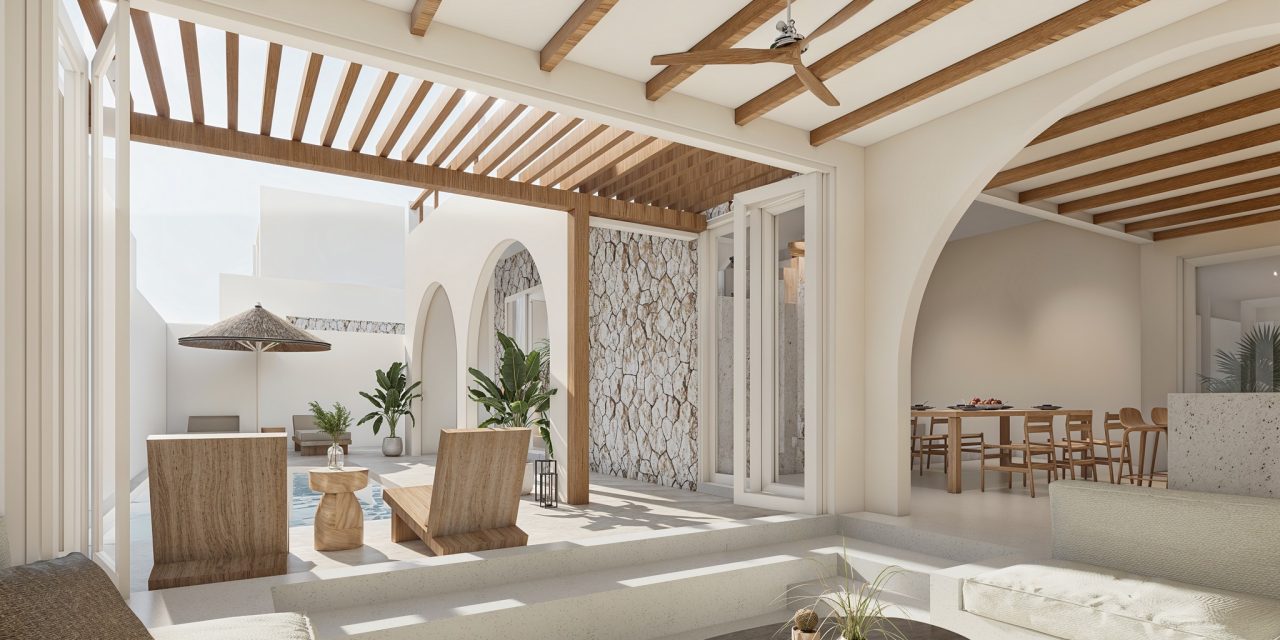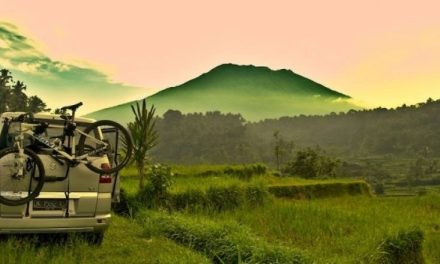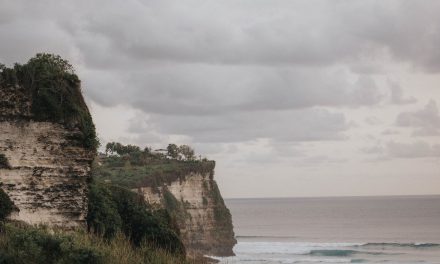Ubud, a haven of culture and artistry nestled in the heart of Bali, is a treasure trove of historical landmarks waiting to be explored. This enchanting town is not merely a retreat for yoga enthusiasts and wellness seekers but also a rich tapestry of Bali’s history and heritage. Join me as we wander through some of Ubud’s remarkable historical sites, infused with a mix of personal anecdotes and unique insights that make these places pulse with life.
The Sacred Monkey Forest Sanctuary
One of the first places I found myself exploring was the *Sacred Monkey Forest Sanctuary*. Now, I’ve always had a soft spot for animals, but there’s something truly magical about these mischievous monkeys swinging through the trees. Beyond the playful antics of the monkeys, the sanctuary is laden with ancient temples and impressive statues of Hindu deities.
As I strolled through the forest paths, I stumbled across a temple, Pura Dalem Agung, which dates back to the 14th century. The intricate stone carvings adorned with moss told stories of yesteryears, whispering to all who were willing to listen. I remember pausing, feeling the ancient energy of the place. Don’t forget to wear a sarong and remember to be mindful of your belongings; those monkeys are known for their quick fingers!
Practical Tip:
Visiting early in the morning can help you avoid the crowds and catch the monkeys in their more playful moods before the day gets too hot.
Puri Saren Agung (Ubud Palace)
Just a skip away from the bustling Ubud Market lies the *Puri Saren Agung*, or Ubud Palace. This historical site dates back to the late 19th century and serves as a royal palace for the Ubud royal family. The architectural beauty is astounding, with stunning gardens and ornate gates that beautifully blend Balinese and Hindu influences.
The day I visited, I stumbled upon a traditional Balinese dance performance being prepared for an evening show. I found myself entranced by the introduction of the performers, each adorned in extravagant costumes embellished with gold and vibrant colors. It was fascinating to learn how these performances, often rooted in local legends, are a crucial part of Balinese culture. If you time your visit right, you can attend a dance show that truly immerses you in the island’s rich cultural narrative.
Practical Tip:
Check the schedule for performances, and grab a seat early for the best views. The energy of the crowd during the shows is an experience in itself!
Goa Gajah (Elephant Cave)
A short drive from the town center leads you to *Goa Gajah*, or the Elephant Cave, which is, surprisingly, not home to any elephants! This archaeological site, dating back to the 9th century, features a mystical cave adorned with elaborate carvings and a serene bathing area surrounded by lush greenery.
I’ll never forget the feeling of stepping inside the cave—a sense of history enveloped me. The dim light highlighted the intricate carvings of the entrance, with stone figures watching over visitors like ancient guardians. As I explored the bathing pools, I encountered a local couple who were performing a small purification ritual. They welcomed me to join in, offering a glimpse into their way of honoring the spirits of the site. It was a heartfelt reminder of how history and spirituality are intertwined in Bali.
Practical Tip:
Remember to respect the rituals and the space. Bring along a light shawl to cover your shoulders when entering sacred areas.
Tegalalang Rice Terraces
While the Tegalalang Rice Terraces may be more famous for their stunning landscapes, they are also steeped in history and cultural significance. These beautiful terraces, part of a traditional subak irrigation system, have been cultivated for centuries.
Visiting the terraces, I was struck by the harmony between the landscape and human effort. The local farmers were hard at work, and I felt a profound respect for their dedication. I even tried my hand at planting rice with them—it was muddy, messy, but oh-so-fun! This experience changed my perspective on food and sustainability, reminding me of the ancient practices that still exist today.
Practical Tip:
Plan your visit during the early morning or late afternoon for the best lighting for photography and to avoid the midday heat. Don’t forget to try a cup of local coffee while you enjoy the views.
Conclusion
Ubud is not just a place; it’s an experience filled with historical landmarks that tell the stories of Bali’s past and present. From the lively antics of the monkeys in the Sacred Monkey Forest to the serene beauty of Goa Gajah, each site offers a connection to the rich culture and heritage of the island. Embrace the opportunity to indulge in the local customs and interact with the friendly locals, who often share insights that you won’t find in any guidebook.So pack your bags, remember your curiosity, and set off on a journey through the historical landmarks of Ubud. Who knows what connections and stories await you in this magical town? Happy exploring!






